The Tamassee Group
Living on the Edge
The Outer Banks Odyssey
The Story of North Carolina’s Historic Outer Banks
A documentary film in process from The Tamassee Group
Directed by Academy Award winning filmmaker David Kasper
Produced by Margaret Miller Growe and Carlyle Poteat
Along the eastern coast of the United States stretches one of the longest chains of barrier islands in the world. Formed over millennia by the forces of wind, the sea and continental erosion, these islands are dynamic and always changing their shape and position. And like the geology of the islands themselves, their human inhabitants have dramatically changed the environment while adapting to it over the centuries.
Among these islands is an area in North Carolina known as the Outer Banks.
For thousands of years, the Outer Banks’ spectacular ecosystem was populated only by indigenous Algonquian and other Native tribes. Later, European shipwreck survivors carved out a rugged subsistence in the wild elements. Through a long process of discovery and development, the Outer Banks — from Ocracoke inlet to the Virginia state line — eventually grew into a popular resort destination that bears little resemblance to the islands’ primitive beginnings.
Today, these dynamic, resilient and ever-evolving islands are increasingly vulnerable to severe weather events that erode beaches, threaten structures and change the shape and position of the islands, despite human attempts to stop their natural evolution. Experts are now predicting that damaging storms combined with a rising sea level will leave much of the island chain under water in our lifetimes.
The human history of the northern Outer Banks is a fascinating story of challenge and transformation
The human history of the Outer Banks is a fascinating story of challenge and transformation that evolved over the centuries and continues today. Originally, indigenous Algonquian and other Native tribes traveled to the islands seasonally to hunt in the maritime woods and fish the teeming waters. In the late 1500s, the English attempted to colonize the area before abandoning their efforts. For roughly the next hundred years the Outer Banks was populated only by the Native peoples, shipwreck survivors, and pirates, as the English shifted their colonization initiatives northward.
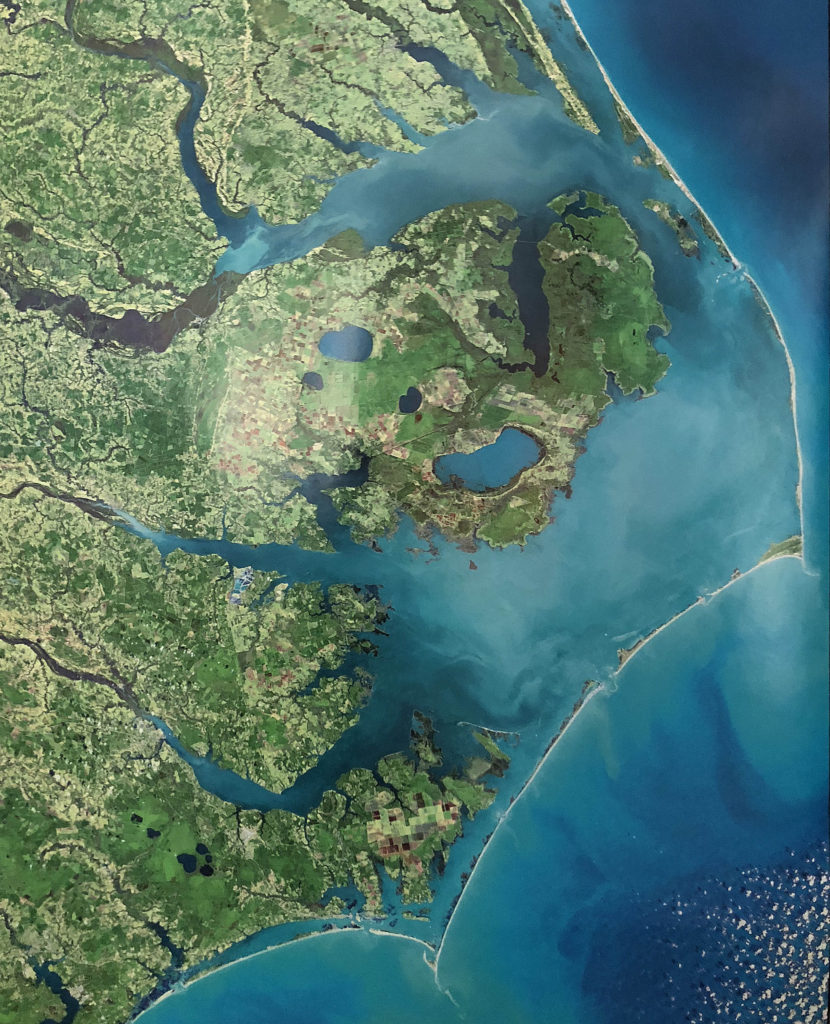
This was the status quo for the Outer Banks until groups of people began to gather along the soundside shorelines — in small communities from Collington to Portsmouth — sometime in the late 1600s. Exactly when the settlements began, and where the settlers came from is not known. According to legend, the early inhabitants were shipwreck survivors who found themselves stranded in an unfamiliar and inhospitable place from which they had no escape. It was a difficult life for the castaways, who survived as they could by fishing, hunting, farming and scavenging. These rugged settlers, who later became known as Outer Bankers, or simply the “Bankers,” lived in an uneasy truce with the local tribes, who were being forced to adjust to these new intruders into their world. Ongoing research continues to substantiate the catastrophic impact on the Native peoples and their culture that was caused by European colonization. Later, though they arrived as enslaved people, African Americans subsequently became a significant demographic group in the region, with a lasting presence and a rich heritage continuing on the islands today.
Over time, one of the Bankers’ settlements became known as Nags Head, a town that played a unique and pivotal role as the gateway for the ongoing transformation of the Outer Banks, from an isolated and primitive outpost into the highly developed environment that it is today. In the early 1800s, Nags Head was discovered by wealthy landowners from inland plantations. Known as the “Planters,” these visitors traveled by boat to Nags Head for summer vacations at newly-opened resort hotels. Before long, the Planters began building grand oceanfront cottages for summer-long vacation homes. This began a sweeping change from the Bankers’ historically subsistence economy into one based on tourism. The resulting coexistence, conflict and evolution affected many lives and continues today.
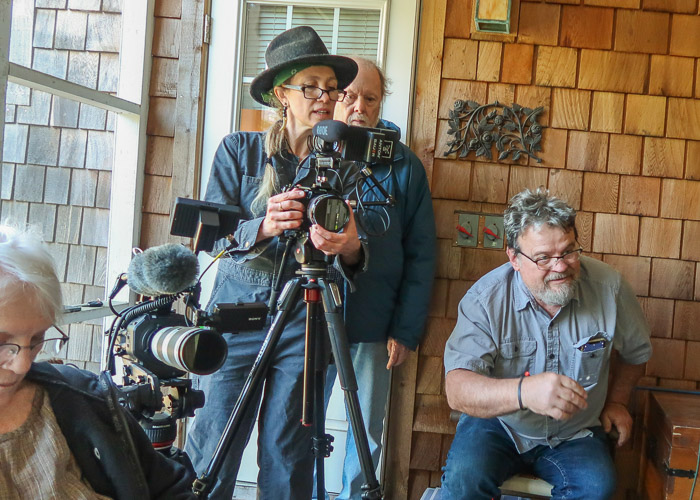
Filming Has Begun
Our film explores this ongoing saga through the stories of individuals whose lives were integral to Outer Banks’ culture and development.
For instance, in the early 1900s one well-known Banker family, the Midgetts, adapted to the dramatic changes by catering to the vacationing aristocracy with the only grocery store near the Planters’ oceanfront homes. For years, Miss Maddie Midgett’s store had the only working telephone on the Outer Banks aside from the Coast Guard. Her husband Jethro was a fisherman who supplied the Planters with fresh seafood, and occasionally rescued them from the ocean’s ravages. Their daughter, Nellie Myrtle Pridgen, witnessed the enormous changes to her remote island home during the mid-1900s. As she grew into adulthood while the tourism economy boomed, Nellie Myrtle became a cantankerous character who despised the visitors and resented their intrusion into the pristine environment that she loved. She spent most of her days walking the beaches and sand dunes, gathering whatever relics she could find and saving them into a vast collection of artifacts that still exists in Nags Head today.
Another important story is that of Richard Etheridge, born enslaved on Roanoke Island. After the Civil War, Etheridge became the first African American to hold the rank of Keeper of a life-saving station in the United States. When he was appointed, the white surfmen refused to serve under him and Pea Island Station came to be manned entirely by an African American Keeper and crew. Five months after Etheridge took charge, arsonists burnt the station to the ground. After it was rebuilt, he went on to serve at Pea Island Station for 20 years, performing countless rescues with his famous crew. In 1996, the Coast Guard posthumously awarded Etheridge the Gold Life-Saving Medal for his heroism.
The documentary profiles other characters and entities who had important roles in Outer Banks history, such as the Wright Brothers’ successful achievement of human flight, the development of the small fishing villages into a global commercial seafood industry, the Casino – a dance hall near the Nags Head oceanfront – that became a famous entertainment venue, and the scientists and citizen conservationists who have worked to protect the environment.
In Nags Head, the Planters enjoyed their secluded beachfront summers for nearly a century before economic pressures led to dramatically expanded development in the 1960s and ‘70s. When bridges were constructed connecting the mainland to the islands, real estate companies began promoting the Outer Banks as an opportunity for beachfront construction. Over time, thousands of new houses and multi-unit structures have been built. Fortunately, large areas of the Outer Banks were protected by conservation efforts, and town governments have worked to balance the needs of developers with those of local communities.
Descendants of historical Banker, Native American and African American families are still residing today in Manteo, Wanchese, Hatteras, Nags Head, and the other Outer Banks towns, serving as central figures in their communities. A large number of the original Planter cottages still exist in a historic section of Nags Head beachfront called Old Cottage Row. Many of the cottages are in use today by descendants of the families who built them in the 1800s and early 1900s.
Today, the towns of the Outer Banks face a challenging and uncertain future. If the predictions of increased storm activity and sea level rise are true, this unique environment that has captivated and attracted so many for so long may soon become inhospitable for humans, and its beaches and diverse ecosystems may become a distant memory. We need to understand and document this disappearing history and preserve it in case the islands as we know them become a thing of the past.
The story of the Outer Banks embodies humanity’s ability to adapt to the present, imagine the future, and create realities that amaze and inspire. It is this legacy that we aim to capture, because who and what we will become in the future, will be grounded in what we choose to focus on and remember today.
This documentary is funded primarily by individual contributions, but also by grant-making institutions, and business and corporate partners. Please consider making a donation to The Tamassee Group to help bring the project to successful completion.
The Tamassee Group is a 501(c)3 North Carolina nonprofit. Donations are eligible for tax deduction. Please click below to use our secure online PayPal portal:
Or send your check to:
Southern Documentary Fund
Outer Banks Documentary Project
P.O. Box 3622
Durham, NC 27702
Thank you!!

ADVISORY COMMITTEE
Doug Stover
Consultant, UNSECO World Heritage Sites; National Park Service
Nags Head, NC
Orrin Pilkey
Professor Emeritus of Earth Sciences, Duke University
Durham, NC
Ann Ehringhaus
Photographer and author
Ocracoke, NC
Arwin Smallwood
Professor/Chair, Dept. History & Political Science, North Carolina A&T University
Greensboro, NC
Marilyn Morrison
Chief, Roanoke-Hatteras Indians,
Chair, Algonquian Indians of North Carolina
Chesapeake, VA
Kay Minis & Jessica Loose
Coordinators, Sea Change Partnership, Outer Banks multicultural advocacy
Manteo, NC
Stan Riggs
Distinguished Marine & Coastal Geologist, East Carolina University
Greenville, NC
Barbara Miller
Director of Education & Public Relations, Frisco Native American Museum
Frisco, NC
Tama Creef
Archivist, Outer Banks History Center
Manteo, NC
Susan Inglis
Planter family descendant, daughter of Frances Inglis, “The Keeper of Memories”
Edenton, NC
Al Bailey
Cultural-historical-environmental consultant;
Elizabeth City native
Kill Devil Hills, NC
Rob Amberg
Photographer and folklorist
Marshall, NC
Button Daniels
Oregon Inlet Fishing Center
Wanchese, Roanoke Island
Dorothy Hope
Conservator, Outer Banks Beachcomber Museum and Nellie Myrtle Pridgen Collection
Nags Head, NC
Elizabeth Matheson
Photographer
Hillsborough, NC
Philip S. McMullan
Historian, Planter family descendant
Hertford, NC
Laura Moore
Professor of Coastal Geomorphology, Dept. Geological Sciences
University of North Carolina at
Chapel Hill
Gordon Watts
President, Institute for International Maritime Research
Washington, NC
PLEASE DONATE TO THE FILM VIA
The Donate button above
Or send your check to:
Southern Documentary Fund
Outer Banks Documentary Project
P.O. Box 3622
Durham, NC 27702
Thank you!
WE ARE SO PLEASED TO HAVE SUPPORT FROM


Once & Future Projects
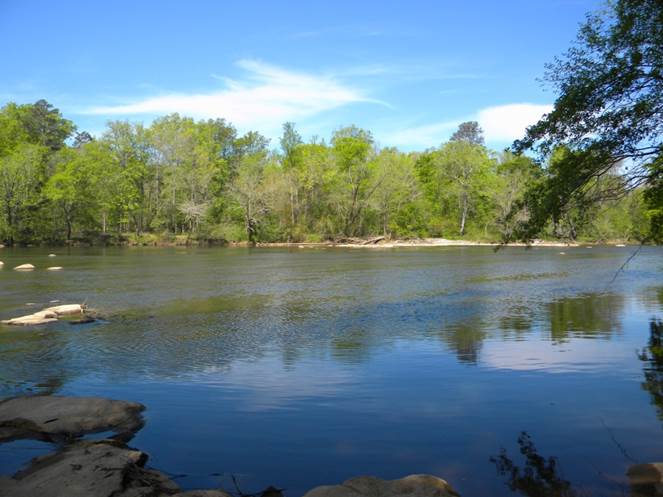
Jones Ferry Crossing, Chatham Co., NC
Tamassee Group's role in search for 19th Century ferry crossing near Pittsboro, NC.
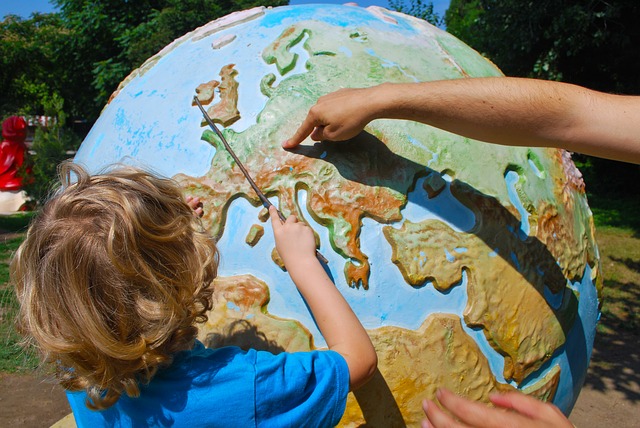
Ecosystem Learning Partnership
Outdoor learning program for schools and communities.
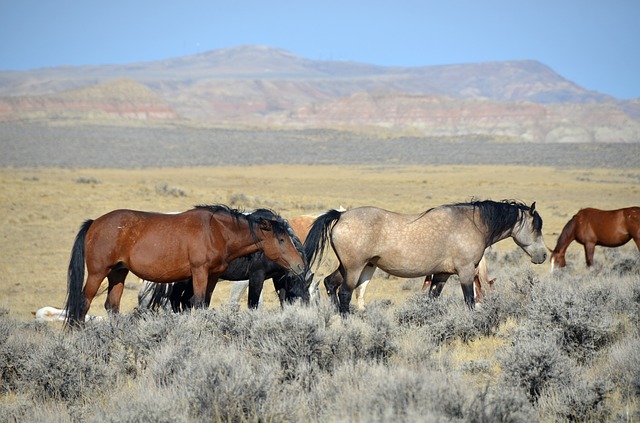
Wild Mustang Horses
Preservation of our nation's endangered wild horse herds.
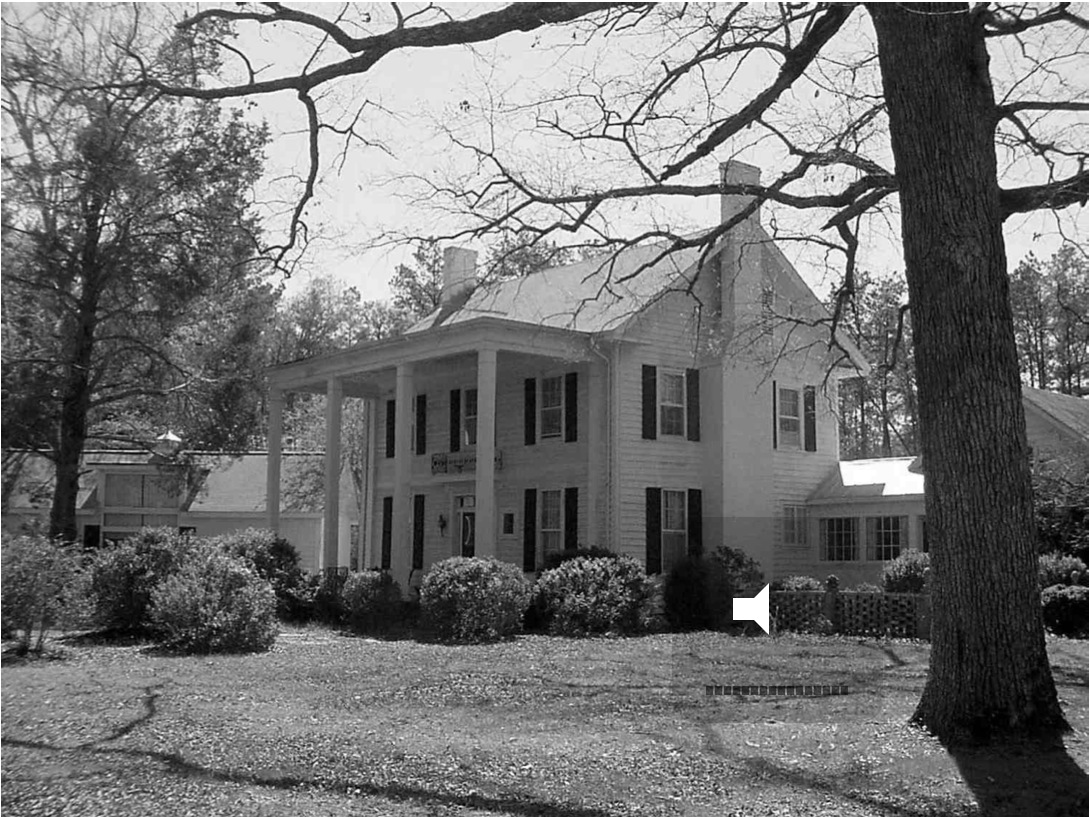
Forty Oaks Plantation, Chapel Hill, NC
Conservation, preservation and re-purposing of Civil War era farm.
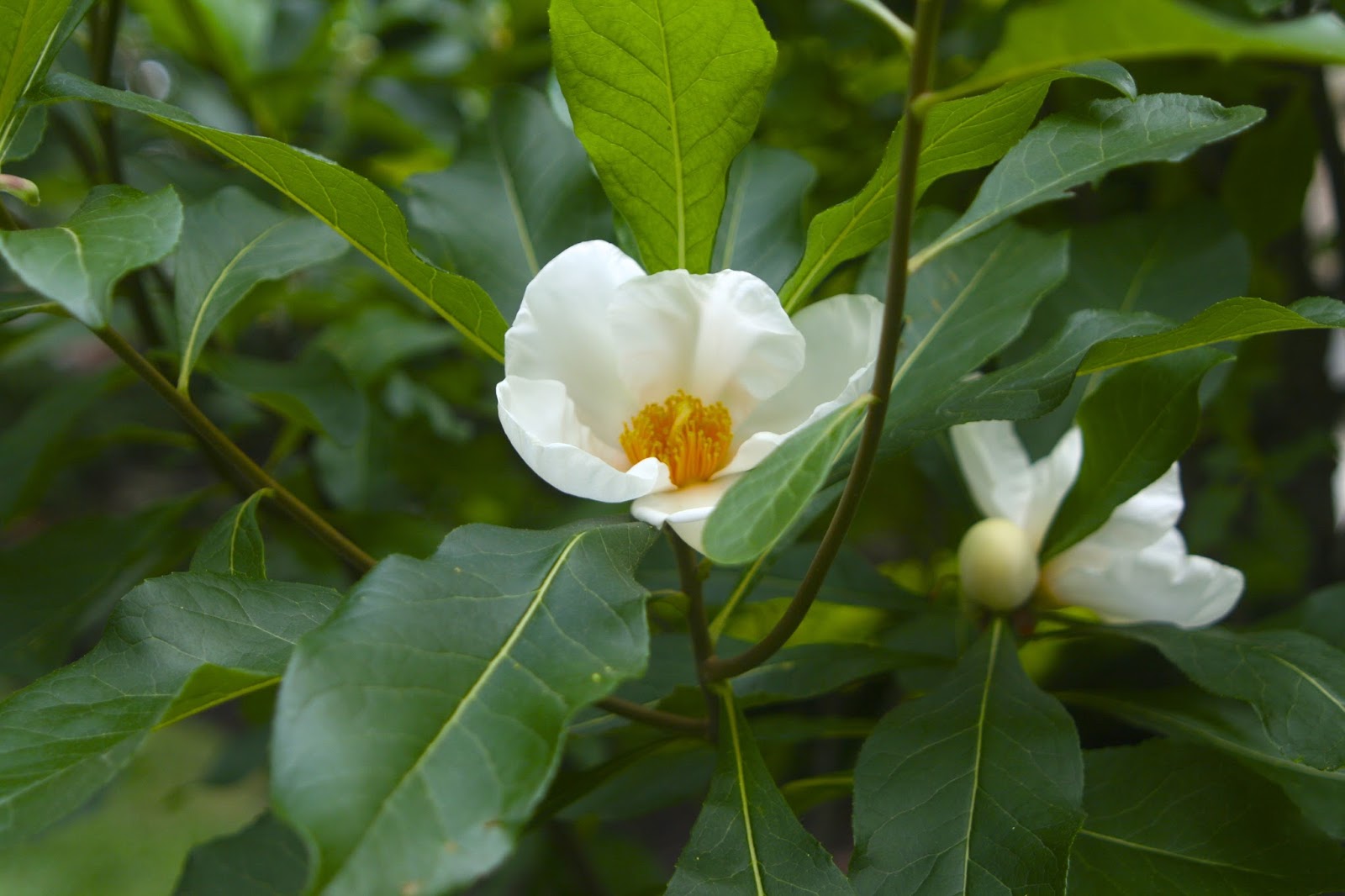
Franklinia Alatamaha
Preservation of rare and historic Southern tree species.